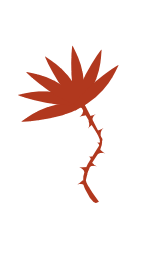
‐ is a hyphen
– is great for intervals, like 9–5, or when someone gets interrup–
— is for separating thoughts in English. Swedish uses the interval dash for that although I hate that and sometimes use the English style.
− is a minus sign. Sometimes set a li’l higher up.
‒ is a figure dash for separating phone numbers like 555‒1234.
― is a horizontal bar, great for dialogs in novel, in front of each statement instead of quote signs around. It’s a European style unusual in English text but I love this style, I find it easier to read and understand.
There’s also the - sign which is ASCII clean and I think of it as a
“typewriter dash”. It can be used as a hyphen or as a minus. For
programming apps like dc or bc or many programming REPLs, this is
what you have to use for them.
My writing style also uses plenty of newfounded contractions and there I mix in interval dashes with typewriter dashes so that the typewriter dashes are more tightly binding, higher operator precedence. (Now I’m thinking I maybe should use real hyphens instead of typewriter dashes.) For example I might write “extra-large–pizza–order” since the “extra” is supposed to tightly bind to the “large”. I only do this when I need two layers of precedence; otherwise I use all typewriter dashes. I also like using the interval dashes when one of the parts is a phrase with spaces.